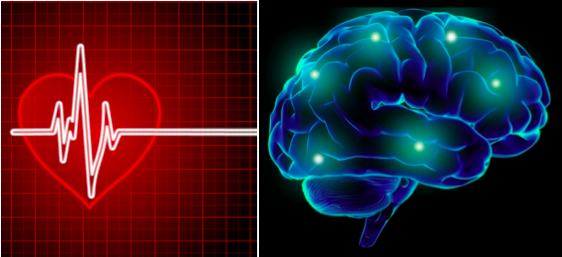On Canada’s Proposed Bill C-24: The So-called ‘Strengthening Canadian Citizenship Act’
A new bill proposed by the Canadian government’s Citizenship and Immigration Minister, Chris Alexander, has been getting a lot of press recently. (You can find the bill here and the current Act here). Bill C-24, called by its proponents the ‘Strengthening Canadian Citizenship Act,’ is meant to do just that: Strengthen Canadian Citizenship. The changes it proposes to the extant Canadian Citizenship Act are legion, and vary in their significance. Certainly, the changes are not all bad. It calls, for example, for modifications that would allow so-called ‘lost Canadians’ a chance to become citizens. People who, for one reason or another, never received citizenship when they should have. It also introduces more consistently gender-neutral language, rather than favouring the masculine pronoun, and acknowledges common-law partnerships, where the current act only recognizes marriage. These are good things. But, the press hasn’t focused on these gains. This is because a series of changes proposed by the bill will also make Canadian citizenship harder to get and easier to lose. Like others, I’m opposed to the latter set of changes being proposed. However, unlike others, my dissent isn’t based on the introduction of what is being called a distinction between first and second-class citizens. Instead, it is based on the assumption, implicit in proposed bill and explicit in the rhetoric of its defense, that citizenship is a privilege and not a right.Read More »On Canada’s Proposed Bill C-24: The So-called ‘Strengthening Canadian Citizenship Act’


